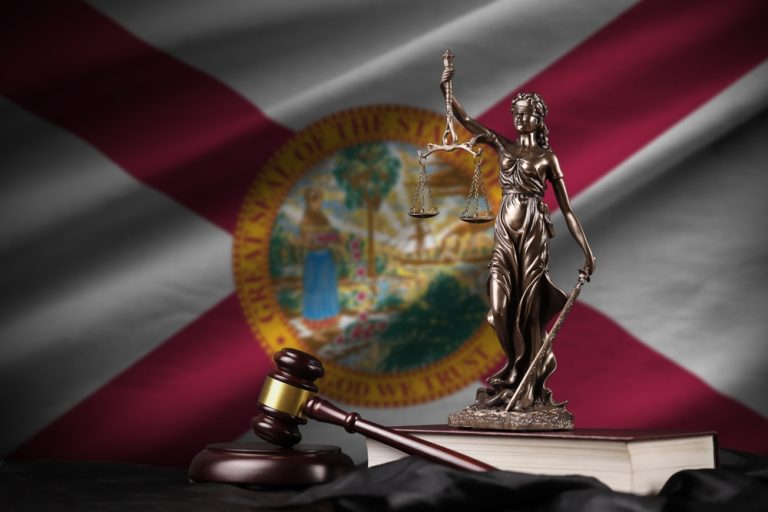Social Unrest, the COVID-19 Pandemic and School-Required Masks: What Could Possibly Go Wrong?
Social Unrest, the COVID-19 Pandemic and School-Required Masks: What Could Possibly Go Wrong?
With many public schools back in session, there is a new must-have accessory for students: masks. Outside of school, many have used this new and highly visible accessory to express personal beliefs, some of which are controversial in today’s society. This leaves school districts to wonder: can public schools limit the use of masks that contain messages that are likely to cause a substantial disruption in schools? Like any other question involving school speech, first amendment jurisprudence tells us that it depends.
The First Amendment, as incorporated against the States by the Fourteenth Amendment, provides that “Congress shall make no law… abridging the freedom of speech…” The Supreme Court has held that “[t]he vigilant protection of constitutional freedoms is nowhere more vital than in the community of American schools.” Tinker v. Des Moines Indep. Cmty. Sch. Dist., 393 U.S. 503, 512 (1969). The Court in Tinker, stressing that “state-operated schools may not be enclaves of totalitarianism,” held that school officials cannot suppress student speech unless it threatens substantial disruption in the school environment. It has never been more apparent that political speech has the potential to cause substantial disruption, which schools have a substantial interest in preventing.
As such, while Tinker holds that “students do not shed their constitutional rights at the schoolhouse gate,” there are absolutely limitations on free speech that are specific to the school environment.
For example, bans of displays of the confederate flag have been upheld by courts based on the rationale that that “certain symbols that have become associated with racial prejudice are so likely to provoke feelings of hatred and ill will in others that they are inappropriate in the school context.” Scott v. School Board of Alachua County, 324 F.3d 1246 (11th Cir. 2003). In light of this and similar rulings, it is safe to assume that symbols that have historically been associated with hatred against certain groups can fairly and legally be prohibited from school grounds.
However, difficulty arises when different groups and individuals have different ideas about which symbols represent “hatred and ill will.” In the heated political climate of our times, there are many people who view any opposing views from their own as highly inflammatory. Where situations arise in which a student’s political message is not well taken by others in the school environment, it is prudent for schools to take a careful look at whether the speech or symbols are truly representative of “hatred and ill will,” or simply a matter of disagreement.
The problem of controversial political messaging on students’ masks may be easier to prevent in schools that already have a uniform policy, as such schools can more easily justify a rule requiring solid colored masks. In schools that do adopt a policy requiring solid-colored masks in the absence of a previously existing uniform policy, it is advisable that the schools be prepared to provide replacement masks, rather than sending students home or doling out punishments for violations of the policy.
In all situations involving the regulation of student speech, reasonableness is key. Our constitution protects students’ right to free speech, but this right must be balanced with preserving the learning environment for the benefit of those same students. Schools would be wise to remember that the test for what types of speech can be prohibited in schools is neverwhat may offend the listener, or in this instance, the viewer. Schools should deal with every situation on a case-by-case basis, keeping the time-tested Tinker principles in mind.







